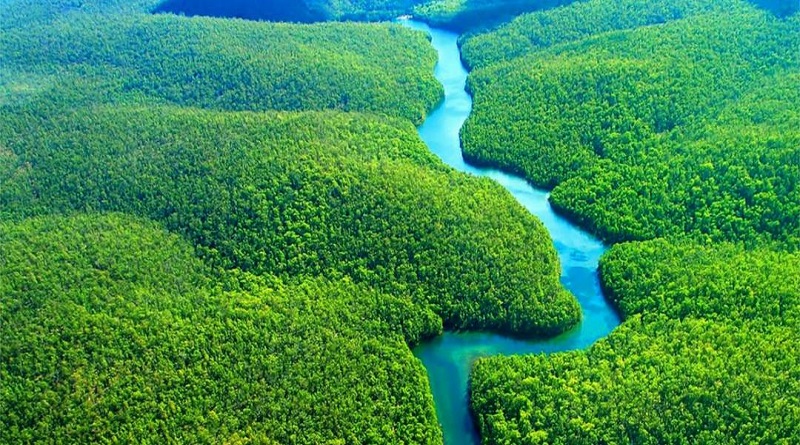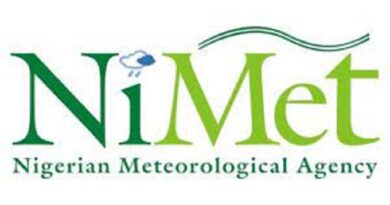Indigenous Knowledge and Climate Resilience in the Amazon: Bridging traditional wisdom and modern technology
Verónica Gálmez Márquez, Deputy Director of the Division of Mitigation and Adaptation, Green Climate Fund writes on bridging traditional wisdom and modern technology for climate resilience in the Amazon
Twenty years ago, the use of multi-spectral satellite imagery for land use planning was on the rise in developing countries. The use of such modern technology created new opportunities, but I was also curious to know how such techniques might relate to traditional, indigenous knowledge, particularly with regards to the practice of swidden agriculture (or shifting cultivation, a technique which allows land to regenerate). Could it be possible to derive a correlation between remote sensing spectral patterns and indigenous knowledge codes for assessing the suitability of sites for swidden agriculture? While this research question reminded me of Carl Linee’s taxonomic system to support nature codification, it also highlighted the gaps in understanding on how indigenous knowledge is acquired, maintained, transferred, and used at a collective level and in one of the most complex natural systems on earth: The Amazon.
During my research, the closer I got to interpreting the variability of forest surface features using principles of remote sensing, the further I was from understanding forest cover classification systems led by indigenous knowledge. The Matsigenka, the indigenous peoples in Peru’s south-east Amazon taught me that I had to find the answers in the soils and not through the canopy, that potsitapatsari is the preferred black loamy soil for maize cultivation, and that metsopatsari are preferred soils when selecting farming sites in terra firme locations. While only a population of around 18,000, their knowledge surrounding soils was complex and sophisticated. The correspondence between the indigenous soil classification system and the soil characteristics found after laboratory analyses was mind-blowing.
While Vargas Llosa in his novel El Hablador intends to reconcile the Matsigenka binary cosmos of written and oral storytelling, I was still far from reconciling indigenous knowledge with western technology; but closer to finding ways to incorporate local knowledge into land use planning processes. Results showed that suitable sites for community-led agricultural activities were restricted to a small portion of the indigenous lands, as opposed to exogenous land use planning tools which suggested agricultural suitability in forested areas that were not preferred by the Matsigenka.
Documenting and bridging indigenous knowledge is a valuable task that offers avenues for ecosystem conservation.
Indicators based on indigenous knowledge can also help us to better understand the ecological distribution of species of flora and fauna that are key for broader ecosystem functioning, and therefore, for unpacking resilience conditions in local communities. But climate change modifies the ecological ranges of many species producing goods and services, as well as the mechanics behind the Amazon forests functioning, thus affecting the resilience of indigenous peoples and the predictability of the indicators. The speed of change matters, and the severity of climate change impacts and the impending tipping point of the Amazon biome, show the need to better understand the implications of indigenous knowledge for delineating conservation strategies under these changing conditions.
At the Amazon Summit held in Belem, Brazil last week, the heads of the eight South American countries sharing the Amazon agreed to launch an alliance to protect the Amazon. The Belem Declaration called for joint investments and innovative climate financing in regional innovation activities that consider the traditional knowledge to expand the possibilities of wealth generation associated with the conservation of Amazon ecosystems, while recognizing the value of traditional knowledge associated with biodiversity. Although non-binding, this regional alliance puts indigenous Amazon knowledge at the highest political priority.
The Green Climate Fund puts specific focus on supporting the most vulnerable to the adverse effects of climate change and on promoting indigenous peoples as agents of change.
This is recognised in GCF’s Strategic Plan 2024-2027, a programming compass that puts indigenous knowledge at the heart of locally-led action, climate innovation, and private investment catalysed with GCF finance. The relevance of traditional, local and indigenous knowledge and practices is further stressed in GCF’s policies to help partners demonstrate the climate impact potential of funding proposals.
The GCF is investing USD 670 million to bolster climate resilience and curb emissions in the Amazon basin, supporting ca. 32 million people, many of which are indigenous communities. This is done through partners that put indigenous knowledge at the centre of GCF interventions, including for the promotion of locally-led bio-businesses, for strengthening the effective management of protected areas, and for leading tailor-made financing windows under regional programmes. The second programming period of the GCF commencing in January 2024 will continue to target funds to support indigenous people’s adaptation and mitigation initiatives, tailored to meet their needs and priorities as per countries’ climate finance strategies.
On the rise of artificial intelligence, GCF partners are exploring new opportunities for recovering and documenting indigenous knowledge, including by blending it with AI to enable adaptation and to enhance climate resilience; yet to be proved in the Amazon.
I still haven’t found an answer to the research question I was studying 20 years ago. But I am more convinced than ever that we must bring together indigenous knowledge with new tools and analysis if we are to preserve the Amazon and increase the resilience of its people.
By Verónica Gálmez Márquez, Deputy Director of the Division of Mitigation and Adaptation, Green Climate Fund



